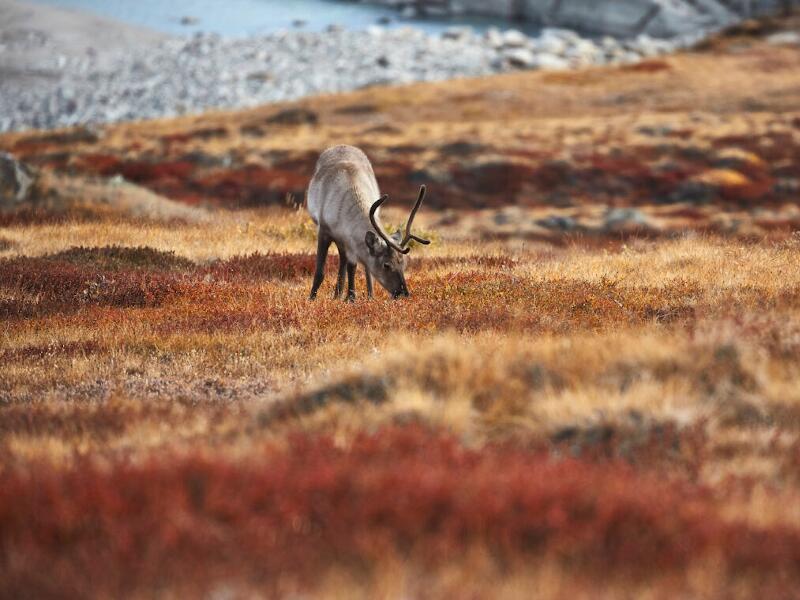Winding your way through the icy channels of the legendary Northwest Passage is history brought to life. On this compelling 17-day journey, In the Footsteps of Franklin aboard the new vessel Ultramarine, we will retrace the steps of the intrepid Franklin Expedition, which left the shores of England in 1845 in search of the last unexplored section of the Northwest Passage – only to become permanently icebound. Its discovery more than a century and a half later was a much-celebrated moment in polar history.
Caro will be sailing the Northwest Passage from 1st – 17th August, 2022. Share her passion and vast knowledge on this Signature Voyage, one of her favourite itineraries. With a lovely group already underway, she is recruiting adventure seekers, happy hour drinkers and wildlife lovers as we take in one of the great last wildernesses on earth.
Join her on this Signature Voyage around the legendary Canadian Arctic and West Greenland. The following is a tentative outline of the places you may discover on this voyage.
West Greenland
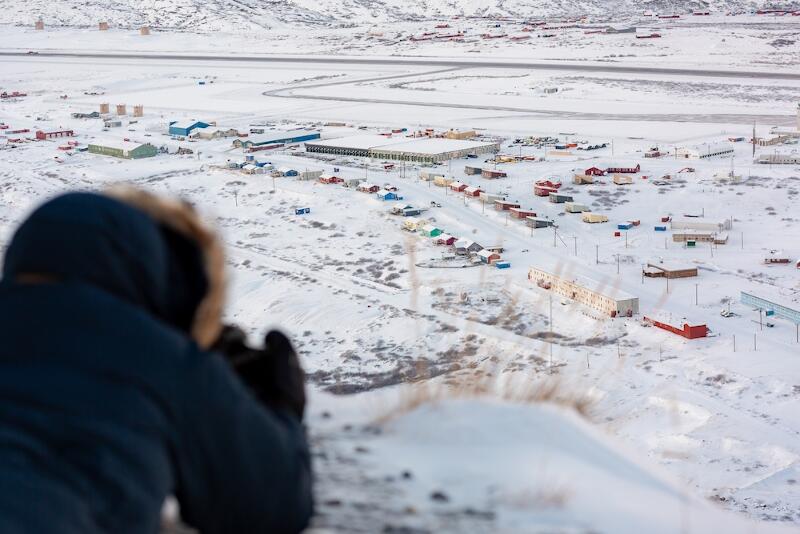
Kangerlussuaq sits at the head of a 118- mile (190 km) long fjord. The tiny town has Greenland’s largest airport and a unique history. Although Inuit and their predecessors occupied or visited the area, Kangerlussuaq’s modern incarnation dates back to the U.S. occupation of Greenland as an air force base beginning in World War II.
NUUK
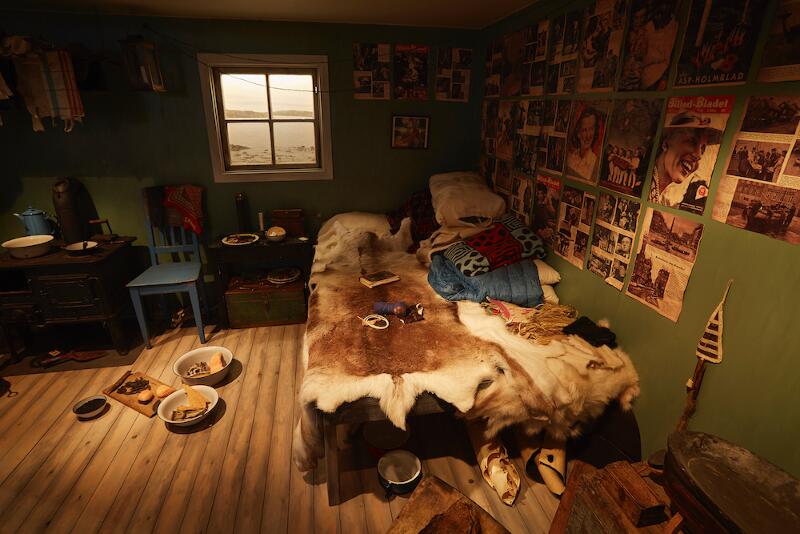
Nuuk is the epicenter of Greenland’s fascinating emerging culture. At population 15,000, the world’s smallest capital city is a wonderful and curious mix of the traditional and the new.
A particular highlight is the Greenland National Museum, which offers an insight into social change affecting the country from the 1950s onwards. Other exhibits include some of the world’s oldest rocks (approx. 3.8 billion years found close to Nuuk), and the Qilakitsoq exhibit displaying the mummified remains of 15th century Inuit women and a six-month old child. The Katuaq Culture Centre and Nuuk Art Museum are also worth exploring.
Canada
ARCTIC BAY
This picturesque and remote community maintains strong ties to the land and sea, as its Inuit inhabitants have lived as nomadic hunters in this region for almost 5,000 years. The protective high hills and sheltered shores of this hamlet make for an ideal nesting habitat for various Arctic birds, including thick-billed murres, kittiwakes, ivory gulls and Ross’s gulls. Seals, narwhals and bowhead whales call the waters here home.
BEECHEY ISLAND
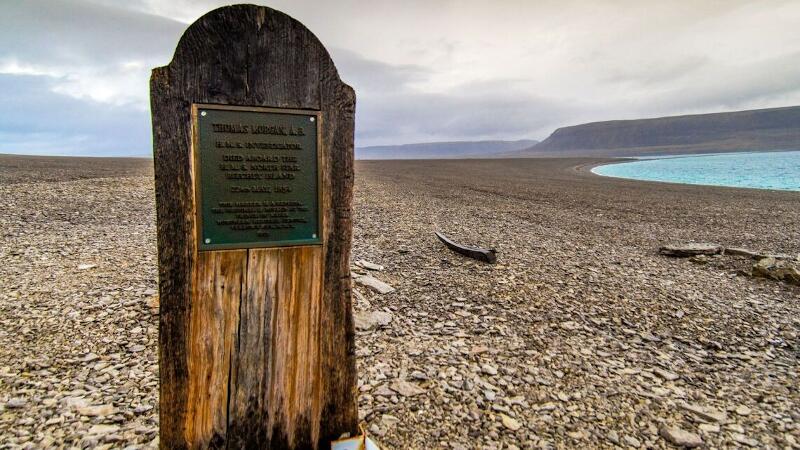
Named after Frederick William Beechey, an explorer with the Royal Navy, this is one of Canada’s most important Arctic sites and has been deemed a Canadian National Historic Site. During the Franklin expedition of 1845–46, two of Franklin’s ships, HMS Erebus and HMS Terror, anchored here with perilous results. Three of Franklin’s crew died here and are buried at marked gravesites.
BELLOT STRAIT
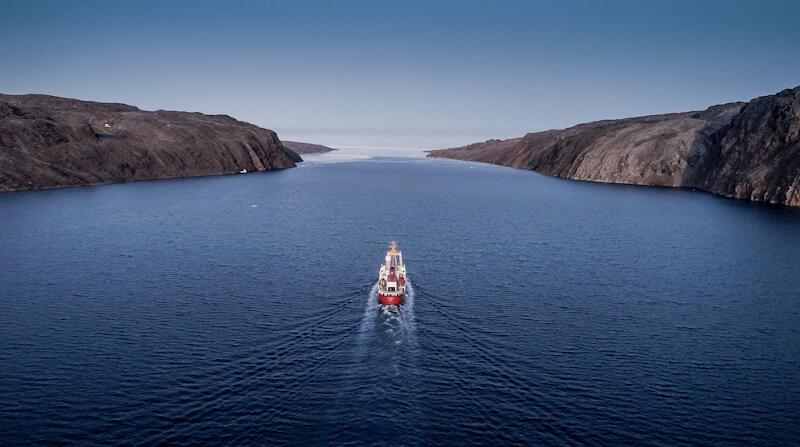
The 1.2 mile (2 km) wide Bellot Strait separates Somerset Island from the Boothia Peninsula. During the transit, you sail past the northernmost point of mainland North America.
CAPE MERCY
In June 1585, British explorer John Davis (he of the Davis Strait) embarked on the first of three voyages to search for the legendary Northwest Passage. In August 1585, he reached this area at the northern entrance to the Cumberland Sound and named it Cape of God’s Mercy. Now known as Cape Mercy, it’s the site of a dramatic glacial fjord.
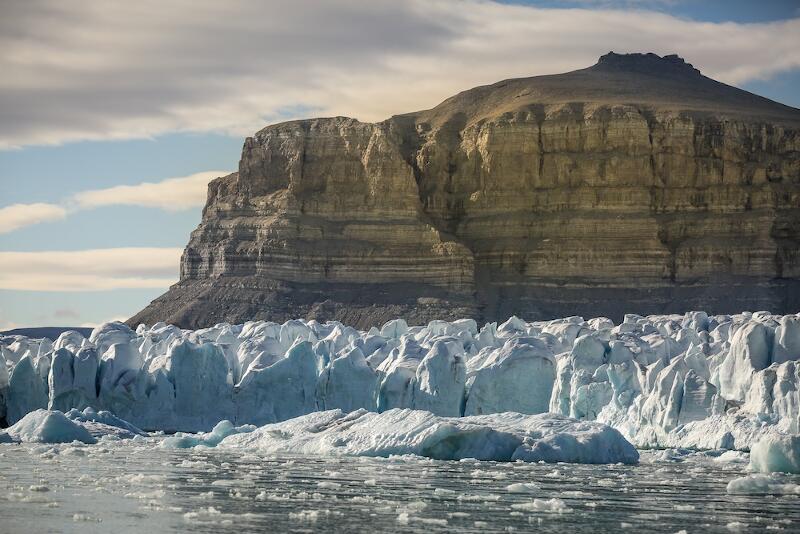
A nearby glacier actively calves off chunks of ice, creating a birthing place for icebergs at Croker Bay. The bay was a popular stop during the 1800s, when a path to the Pacific (the Northwest Passage) was at the forefront of Arctic exploration.
FORT ROSS
In 1937, the Hudson’s Bay Company established a trading post, named Fort Ross, on the southern coast of Somerset Island. Due to the harsh conditions and isolation of the post, it was closed in 1948. The store and manager’s house still stand.
PANGNIRTUNG
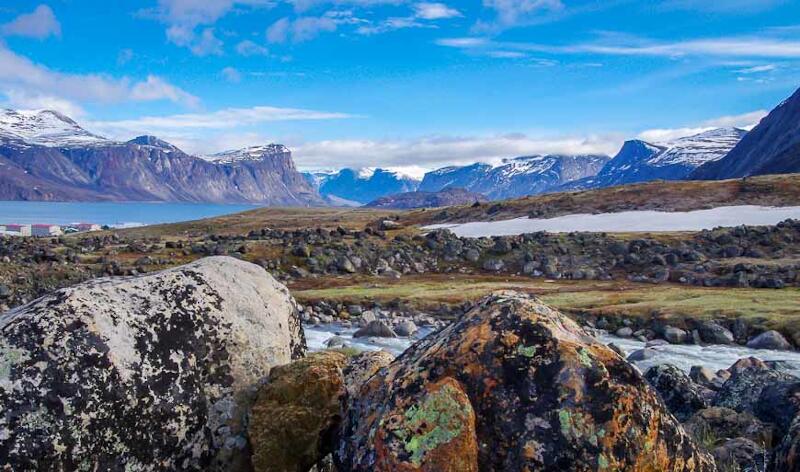
When the Hudson’s Bay Company built a trading post in Pangnirtung in 1926, local Inuit families moved to the tiny settlement. A Royal Canadian Mounted Police detachment was established two years later. A hospital opened in 1929, but it wasn’t until 1962 that most of the Inuit who lived on Cumberland Sound relocated to Pang. The community has become internationally renowned for the tapestries and prints by local artists.
POND INLET
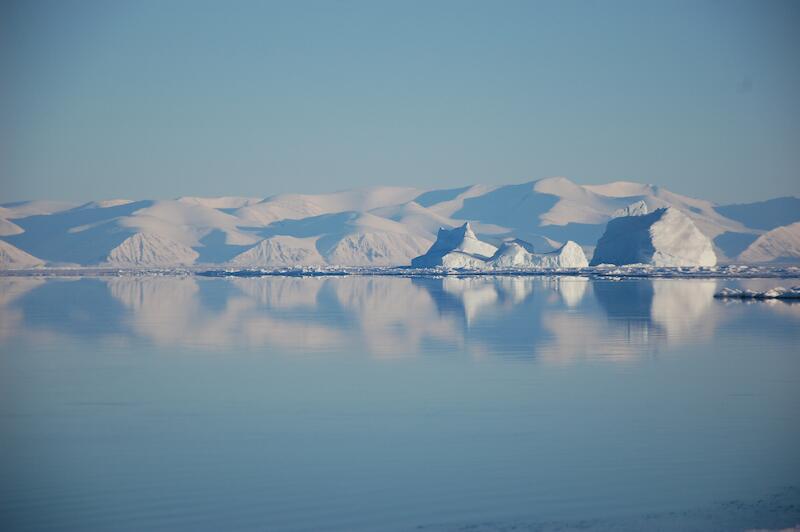
Europeans have been visiting the area that came to be known as Pond Inlet since the 1600s. The first visitors arrived seeking the Northwest Passage. In the 1800s, whalers brought wood and barter goods to the community. These visitors were latecomers, as the indigenous peoples had been living in the region for thousands of years.
PRINCE LEOPOLD ISLAND
Impressive vertical cliffs surround part of this small island. This creates an ideal environment for seabirds, and they nest here in vast numbers—more than 300,000 strong! Thick-billed murres, black guillemots and northern fulmars are most commonly seen here.
QIKIQTARJUAQ
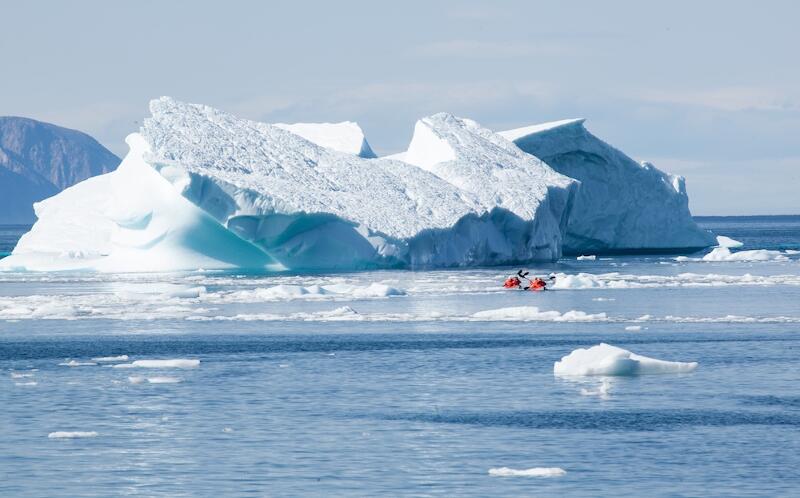
Known until 1998 as Broughton Island, Qikiqtarjuaq boasts some of the highest mountains in North America east of the Rocky Mountains. From the cape, multitudes of icebergs can be seen coming down Davis Strait, and the rich arctic waters are home to numbers of seals and whales.
RESOLUTE
One of Canada’s most northern settlements, Resolute was formed by forceful relocation of Inuit from northern Quebec by the Canadian government in 1953, during the Cold War. Today, it’s also a jumping off point for much high Arctic research. It has everything from a grocery store and cable TV to a school and a couple of hotels. About 200 people live in Resolute throughout the year, where hunting and logistical support to research, mining and tourism contribute to the community’s economy.

